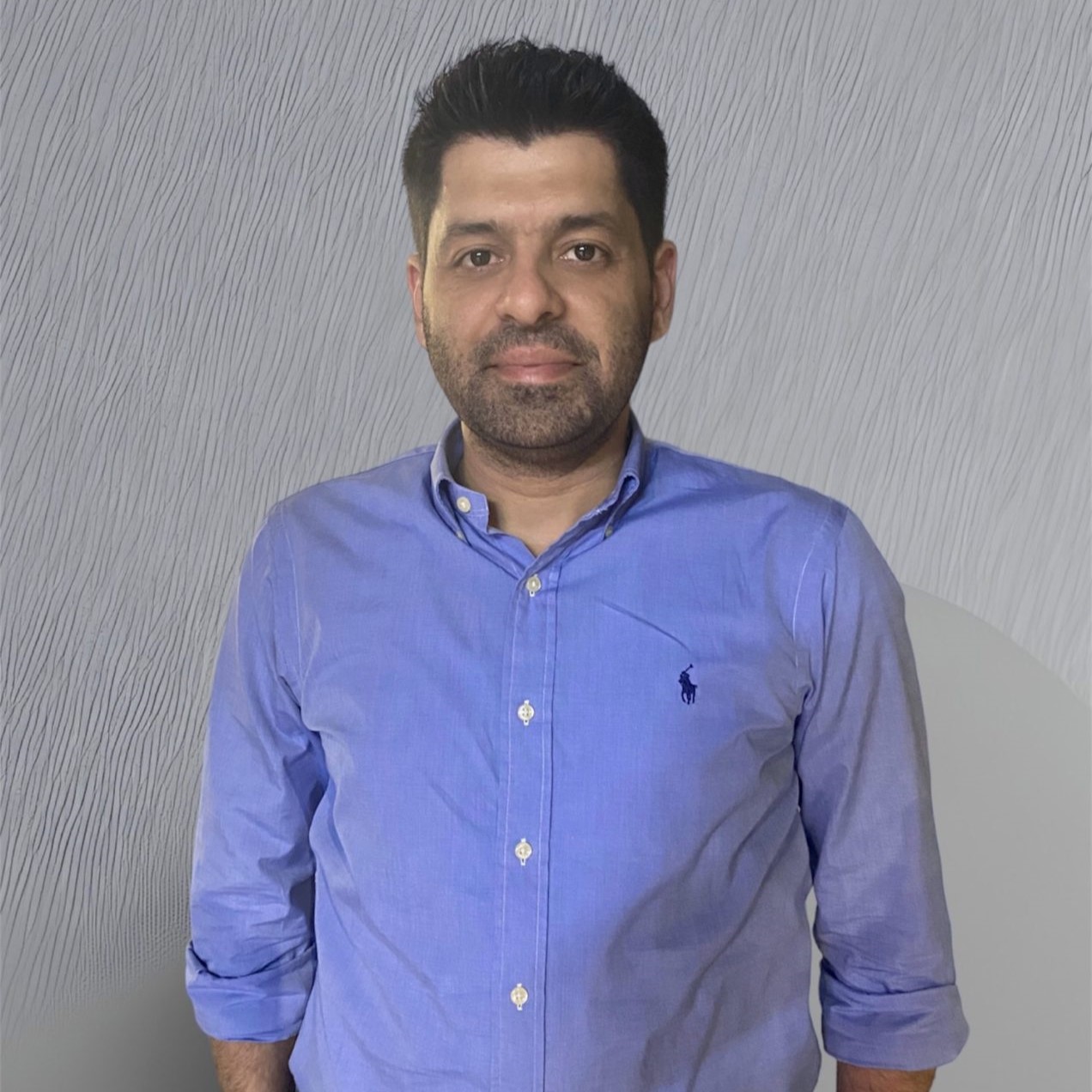Andreas Chrysochos

Dr. Andreas Chrysochos is a qualified engineer (2009) and PhD (2015) from the Department of Electrical and Computer Engineering of the Aristotle University of Thessaloniki (AUTH). He also holds an MBA (2017) from the University of Macedonia and an MMath (2023) from the Hellenic Open University. He was a post-doctoral researcher at the Electrical Energy Systems Laboratory of the AUTH (2015-17) as well as the Democritus University of Thrace (2017-19). Since 2017, he has been working in the Research and Development Department of the Hellenic Cables company of the VIOHALCO Group, now holding the position of Senior Manager. He was a scholarship holder of the Alexandros S. Onassis Foundation with two separate scholarships (2012-15, 2016-17), an honorary scholarship holder of the Aristotle University of Thessaloniki Research Committee (2012-13) and a scholarship holder of the State Scholarship Foundation (2017-19). He is a senior member of the Institute of Electrical and Electronics Engineers (IEEE), and a member of the International Council for Large Electrical Systems (CIGRE), the Technical Chamber of Greece, the Hellenic Organization for Standardization (ELOT) and EuropaCable. He is the Greek representative (2022) in the IEC TC20/WG19 working group whose topic is the dimensioning of power cables while he also participates in various CIGRE B1/C4 working groups. His research interests are in the area of multi-physics simulation in overhead lines, underground cables and their components.
Design Optimization of Three-Pole Submarine Cables based on Loss Measurements
The dimensioning (current rating) of three-pole underwater cables is usually done based on the IEC 60287 and IEC 60853 specifications. However, it is known in the international literature that these standards significantly oversize the underwater cables as they do not accurately calculate the losses that are mainly developed in the public armature and secondarily to pole shields. This results in an increase in the production cost of the cable and the overall proposition offered to the customer. In the literature there is also a continuous research effort aimed at the development of new methods for calculating losses accurately as well as suitable laboratory measurements to certify the above results. In addition, many customers include in their specifications the performance of appropriate laboratory measurement and confirmation of submarine cable losses as well as identification of the various simulation models. The lecture first includes a description of the theoretical background for losses, categorizing them into the corresponding metallic elements of the submarine cable. Then, a reliable measuring device for the losses of submarine cables as well as the relative magnetic permeability of armature wires is presented. Finally, the development of analytical and numerical simulation models to accurately calculate the losses in each possible submarine cable design is presented. The comparison of the above with the corresponding results of the standards leads to the optimization of the design of the submarine cables and the proposal offered to the customer.
Take me back to speakers!

